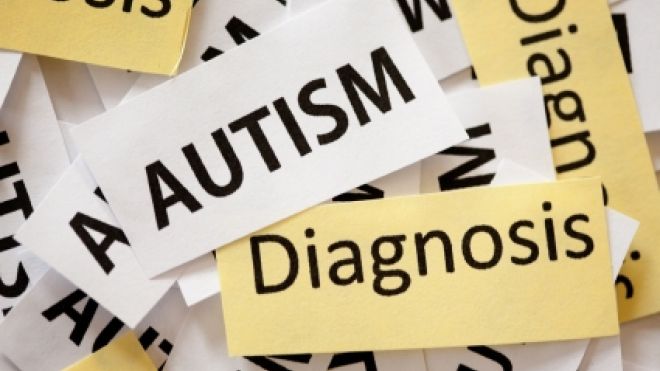What excatly is Autism ?
Autism Spectrum Disorder (ASD) and autism are both general terms for a group of complex disorders of brain development. These disorders are characterized, in varying degrees, by difficulties in social interaction, verbal and nonverbal communication and repetitive behaviors. All autism disorders were merged into one umbrella diagnosis of ASD. Previously, they were recognized as distinct subtypes, including autistic disorder, childhood disintegrative disorder, pervasive developmental disorder-not otherwise specified (PDD-NOS) and Asperger syndrome.

ASD can be associated with intellectual disability, difficulties in motor coordination and attention and physical health issues such as sleep and gastrointestinal disturbances. Some persons with ASD excel in visual skills, music, math and art.
Autism appears to have its roots in very early brain development. However, the most obvious signs of autism and symptoms of autism tend to emerge between 2 and 3 years of age. Autism Speaks continues to fund research on effective methods for earlier diagnosis, as early intervention with proven behavioral therapies can improve outcomes. Increasing autism awareness is a key aspect of this work and one in which our families and volunteers play an invaluable role.
What Causes Autism?

It has long been presumed that there is a common cause at the genetic, cognitive, and neural levels for autism's characteristic triad of symptoms. However, there is increasing suspicion that autism is instead a complex disorder whose core aspects have distinct causes that often co-occur.
Diagnosis

Diagnosis is based on behavior, not cause or mechanism. Autism is defined in the DSM-IV-TR as exhibiting at least six symptoms total, including at least two symptoms of qualitative impairment in social interaction, at least one symptom of qualitative impairment in communication, and at least one symptom of restricted and repetitive behavior. Sample symptoms include lack of social or emotional reciprocity, stereotyped and repetitive use of language or idiosyncratic language, and persistent preoccupation with parts of objects. Onset must be prior to age three years, with delays or abnormal functioning in either social interaction, language as used in social communication, or symbolic or imaginative play. The disturbance must not be better accounted for by Rett syndrome or childhood disintegrative disorder. ICD-10 uses essentially the same definition.
How Is Autism Treated?
Autism treatment can make a big difference by helping people with autism spectrum disorder have fewer issues related to their conditions. Therapy can help kids with autism learn language and life skills, and ways to develop socially and behaviorally so they can enjoy their lives like other kids.
The brains of kids under 5 years old often adapt more easily. That's why it's best to start treatment for autism as early as possible. A treatment program might include:
-
behavioral therapy (using rewards to help kids learn all kinds of skills)
-
educational interventions (school-based help with academic subjects)
-
speech therapy (to help kids talk and understand words)
-
occupational therapy (to help kids with things like balance, coordination, and handwriting)
-
social skills therapy (to help kids learn how to play and talk with others)
-
medication (for problems with things like attention, hyperactivity, and sleep)
Many other types of therapy
(including diet, music, and art therapies) can help people with
autism spectrum disorder. Teens with autism who don't attend
regular classes in middle school and high school can also benefit
from going to special-education classes or separate schools for
students with disabilities.



